Grout is such a vital part of construction that it’s a shame it’s not really talked about. It has a tonne of critical applications, such as embedding rebar, connecting concrete sections, filling voids, and sealing joints. Construction on its own is a very difficult job to do, which is why it requires extensive calculations and understanding grout usage is but one part of it. Once you know which type of grout is used , you’ll have a much easier time knowing construction work.
Cement Grout
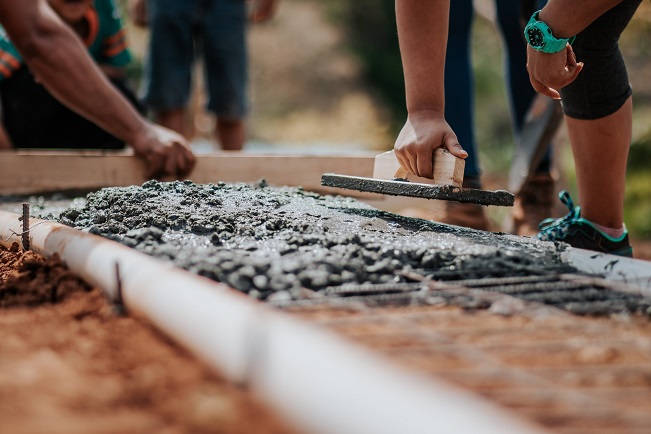
The principle on which cementitious grouts operate is by creating a solid bearing surface between the base foundations and the structural baseplates. After applying cementitious grout, you allow for the even dispersal of the load on a concrete slab. The cementitious grout assists in transferring the overall column load into the concrete foundation, meaning it has a wide range of applications in situations where you require bedding and fixing. In many ways, it’s considered the most basic form of grout, which is why cement grout is indispensable to construction in general. It’s also used to form other forms of grout, each with its own properties.
Sanded Grout
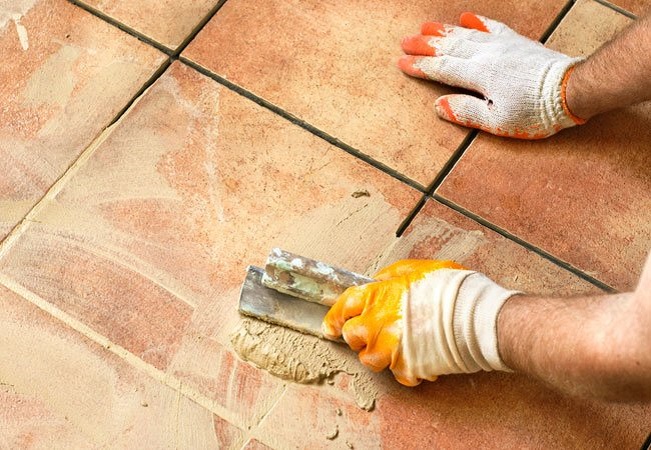
If you need to use grout for ceramic tiles, stone, and tiles with a grout joint, then sanded grout is what you’re looking for. It’s typically composed of Portland cement, sand, and additives, which are mixed with water and troweled into the grout joints. Due to the number of materials used, it most commonly takes around 24 hours for sanded grout to fully dry. Sanded grout also has large sand particles that give it its texture and look, as it has a grittier feel to it. Sanded grout is normally recommended when the grout seams are wide at least 20cm because the sand allows for extra bonding power, which prevents cracking.
Unsanded Grout
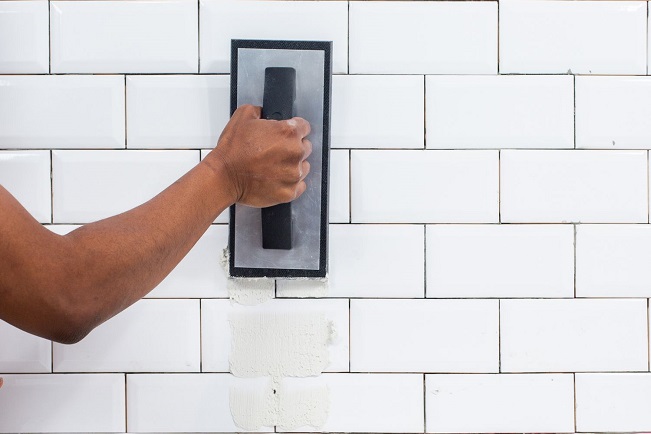
Unsanded grout, or what’s commonly called wall grout, is just like its name implies – it is essentially sanded grout except without the sand. It’s usually used on ceramic tiles and polished marble that have grout joints that are smaller than 20cm. It has a similar issue with cleaning like the sanded grout, which means it should be sealed after installing it in order to reduce its absorbency. However, unlike sanded grout, they don’t have a gritty texture because they’re made out of minerals that contain fine powders that create a smooth texture. Unsanded grout should be applied when you have grout seams that are between 10 and 20cm.
Latex-Modified Grout
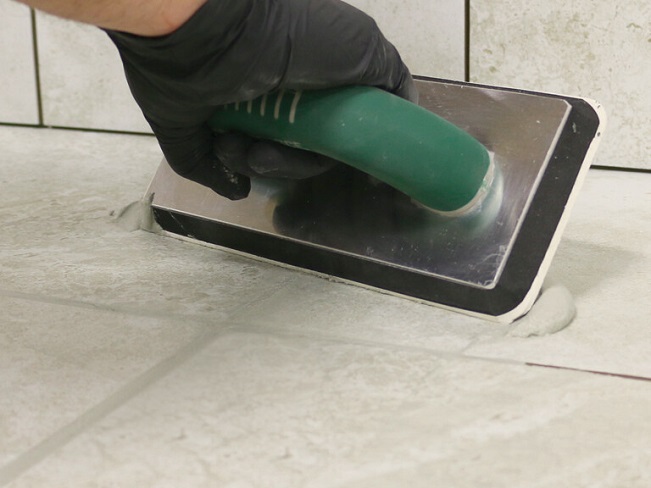
Cement grouts are highly versatile, which means they can be adjusted in a lot of ways to enhance their properties. That’s essentially what the latex-modified grout is – a sanded grout that’s been formulated with a latex polymer additive that can be included in either the dry mix or when the grout is mixed with water. Typically, the latex polymer is comprised out of blends of acrylics and water, which allows for lower water absorption, increased strength, and better colour retention. However, some grouts have already been mixed with dried latex powder at the factory, so you won’t have to add them on your own afterwards.
Epoxy Grout
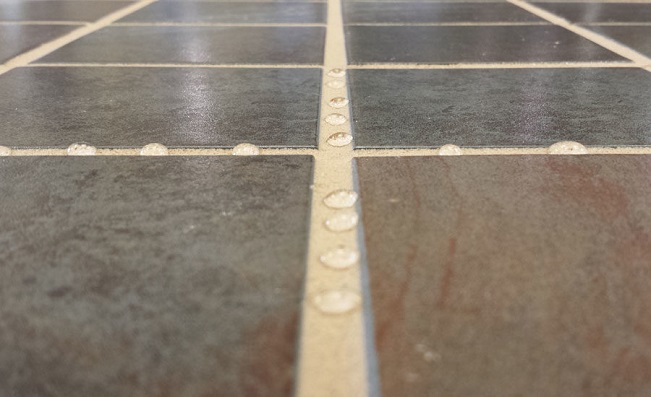
This type of grout is often considered to be the most durable and long-lasting of all the grouts. It’s very resistant to stains, cracks, chemicals, weather conditions, and even climate change. If you’re looking for something that’s going to last you a very long time without practically any wear and tear, epoxy grout is the way to go. That makes it the ideal type of grout to use for any indoor or outdoor tile work. Due to the chemicals present in the grout itself, it will not crack even in areas with high traffic. It’s also great for usage in places with a lot of humidity and harsh weather situations, or locations where you know the climate is going to regularly change. However, epoxy grout is significantly less fluid than other types of grout, so if you’re planning on grouting under large base plates, then it might be easier to use grout that is more fluid. Still, epoxy grout tends to last a lifetime, so if you’re looking for something to withstand the elements for a very long time, you can’t go wrong with epoxy grout.
Acrylic Grout
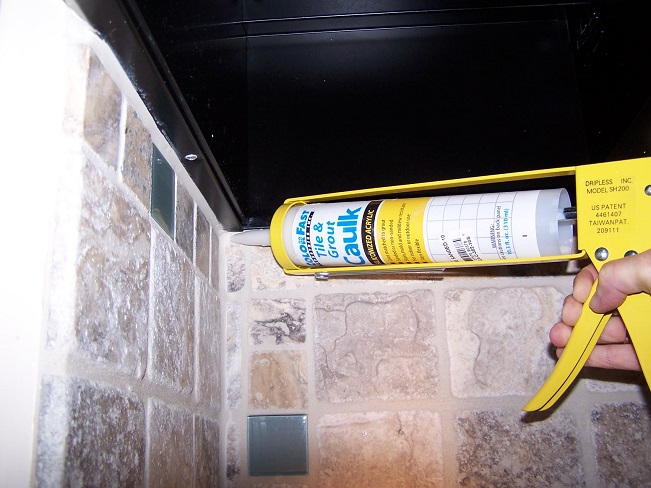
Acrylic grout is slightly different from other types of grout because you don’t have to apply it to the entire surface, but rather only the joints between the tiles. The silicone additive that comes premixed with Portland cement grout greatly helps when it comes to adhesion. This type of grout is very stable in freezes and thaws, which is why it’s often used in outdoor projects, such as with deck, garage, or shed projects, and it’s even widely used by fast-food restaurants on their flooring. You can even find acrylic caulks that match tile or paint colours.
Furan Grout
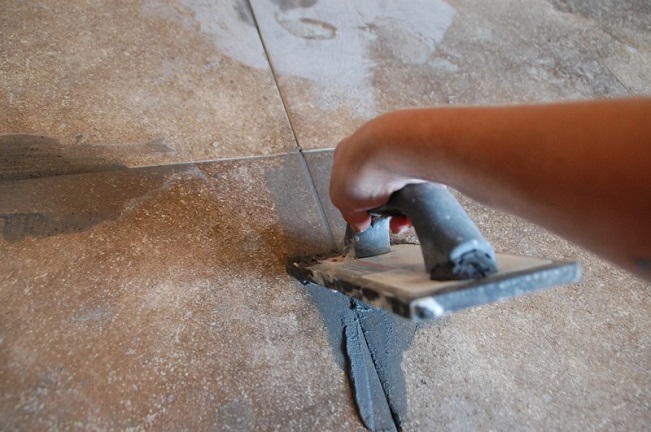
In composition, furan grout is quite similar to epoxy grout, except it’s comprised out of polymers of furfuryl alcohol, which are very resistant to chemical action. This type of grout is a system comprised out of two components – furan resin and a filler powder that has an acid catalyst. The catalyst causes the furan resin to cure, which then creates a thermosetting resin that has an incredible resistance to chemicals, heat, and physical activity.
Grout is a vital component of any construction project. However, it’s not always simple to choose the right type of grout for the job you’re planning, which is why you should always make an informed decision before committing to a specific type of grout.
























